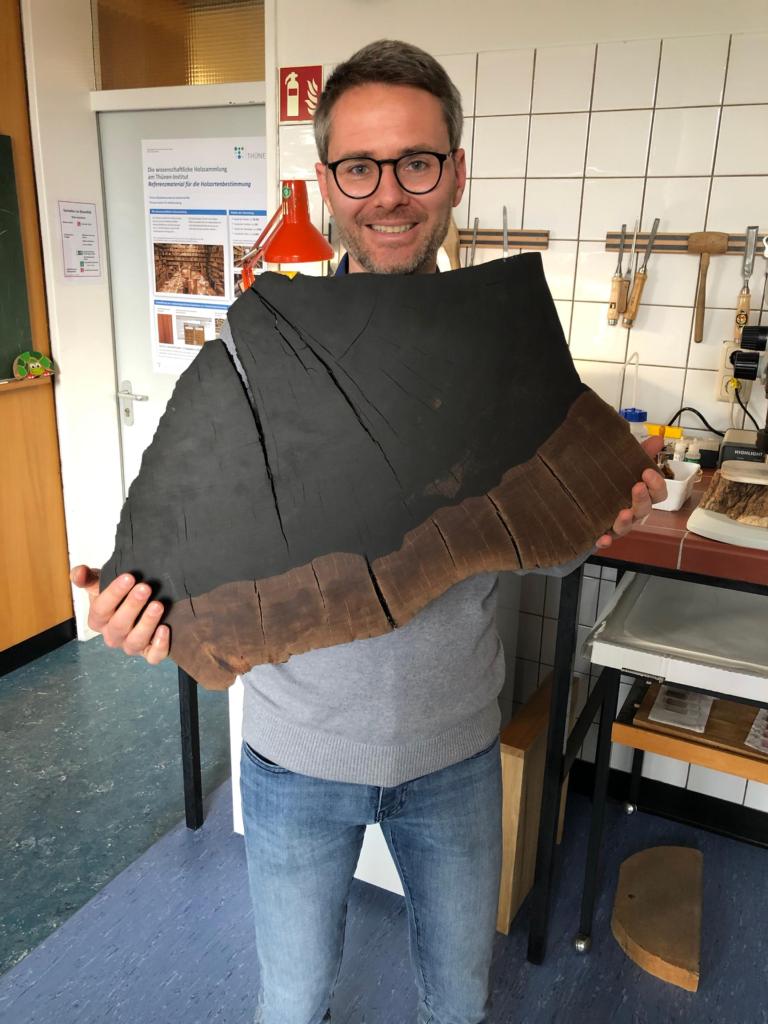
Can we help safeguarding our forests by providing customs officers and other stakeholders with a timber tracking tool allowing them to identify illegally logged wood samples? Developing an AI-based wood identification tool based on microscopic wood anatomy.
Wood identification is vital in forest law enforcement, conservation, timber trade, and scientific research. Unfortunately, a widely applicable and reliable method to identify wood samples remains elusive. This is problematic as Interpol estimates that between 15% and 30% of the global timber trade violates either national law or international treaty, amounting to $10-100 billion a year. A variety of wood identification methods are available, of which microscopic wood anatomy remains the most commonly used approach as it is fast, sound and cost-effective. We are setting up a collaborative international consortium between US Forest Service (Wood Identification and Screening Center) and three major wood collection institutes in Europe: Naturalis Biodiversity Center (The Netherlands), Royal Museum for Central Africa (RMCA, Tervuren, Belgium) and Thuenen Institute (Hamburg, Germany). As a first step, we aim to digitize existing microscope slides in the three wood institutes to develop an unprecedented image reference database of CITES-listed timbers and their look-a-likes that can be fed into machine-learning algorithms and help experts and non-experts automate the recognition of these traded timbers. Once we develop the full pipeline from automated image acquisition to fine-tuning AI algorithms, we will team up with all the major wood collection institutes in the world to compile the second version of the global wood anatomy database with hundreds of thousands of microscope images from additional timbers that are being traded. This will allow us to (i) build a freely accessible global wood identification tool that would enable international and local authorities to enforce legal regulations, (ii) to promote sustainable and environmentally responsible practices across the timber supply chain, and (iii) to assist academic stakeholders, such as wood scientists, archaeologists and palaeobotanists, in their endeavours to identify species based on their wood anatomy.